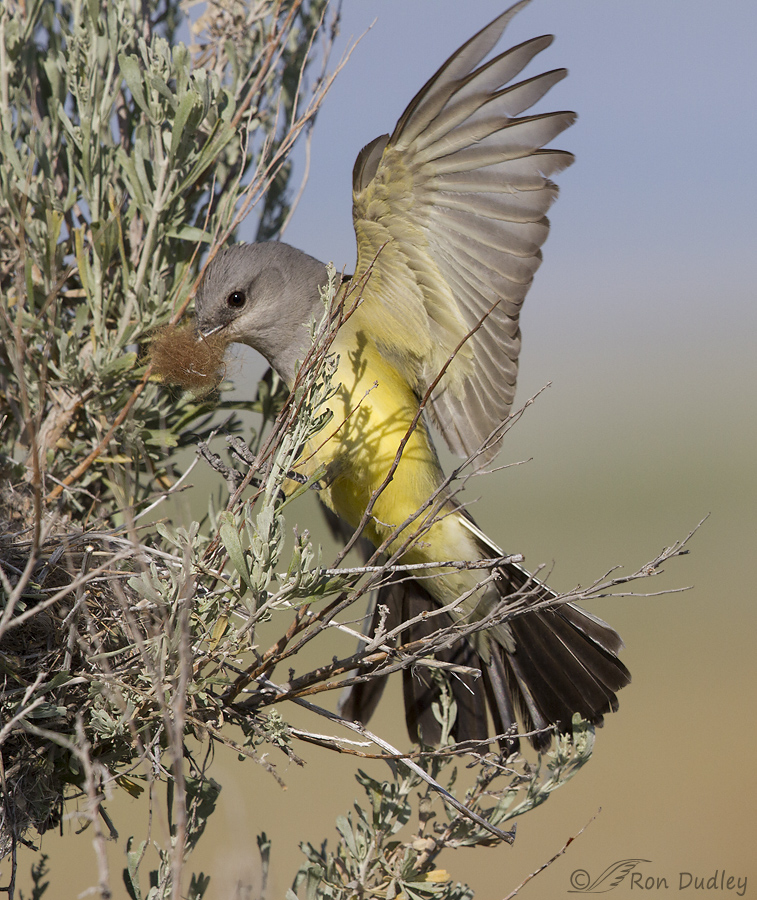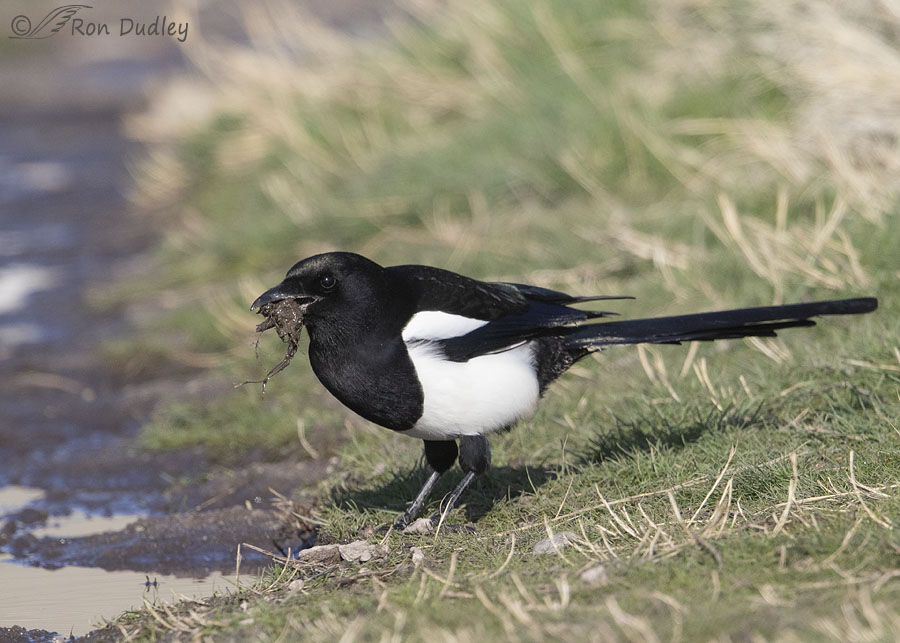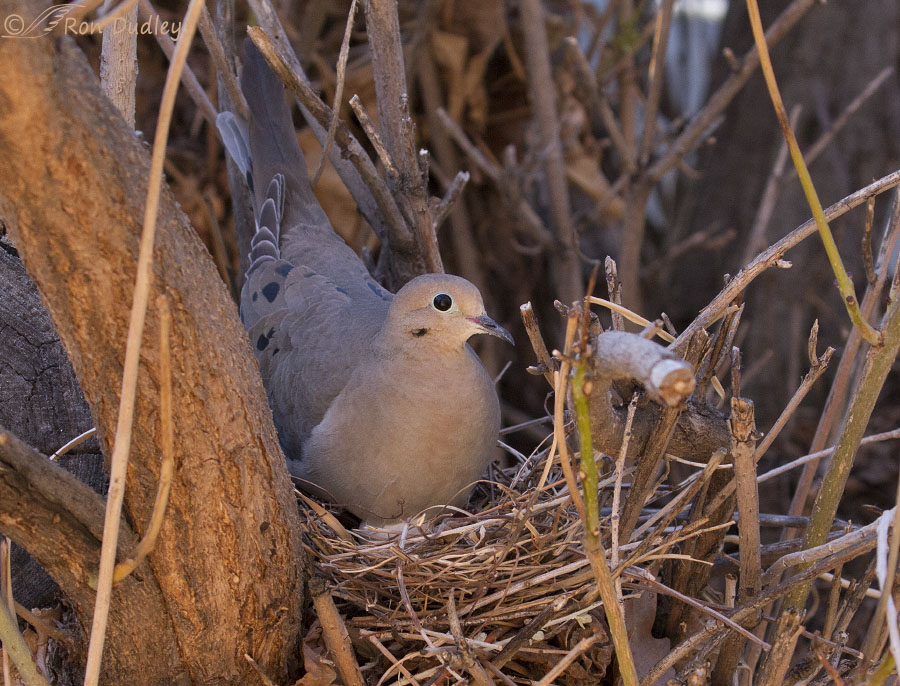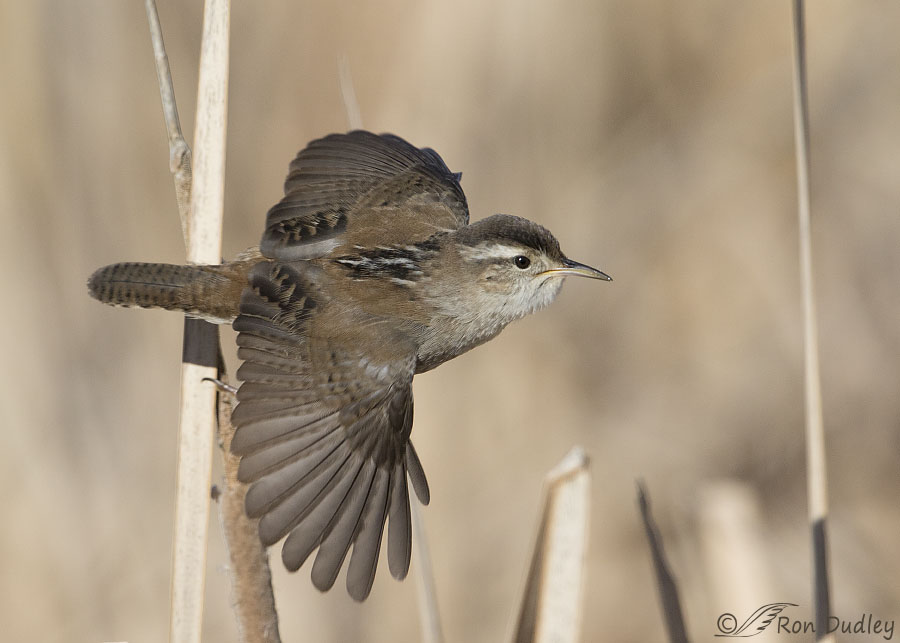Tag: nest construction
Mourning Doves Nesting 6 Feet From My Computer Desk
Male Marsh Wren Building One Of His Dummy Nests
Birds Using Bison Hair As Nesting Material

For millennia a variety of North American bird species used bison hair during nest construction but when the “buffalo” was brought to the brink of extinction by hunters in the late 1800’s that resource was essentially gone. Today there are relatively few places where bison hair is available to birds and Antelope Island is one of them.
American Avocet Mating Displays
I’ve been fascinated by the mating displays of American Avocets ever since I first started photographing them almost five years ago. This innate and complex choreography is almost identical in different mated pairs and from year to year. The action happens quickly and is difficult to photograph well but I think I have enough decent images now to make an informative post about it. Not all of the photos are of the highest quality but I think each of them illustrates the behavior well. I’ll present several sequences of different birds that will illustrate most of the important stages of the process. I’m not going to include my techs with these shots -some of them were taken when I first started photographing birds and I made many mistakes in my setting choices. Knowing some of these settings wouldn’t help anyone. Avocets are monogamous and pairs form up in the spring when the female persistently associates with the male until she is eventually tolerated, then accepted as a mate. The female initiates copulation by the posture you see above. It’s called Solicitation Posture and in it she holds her neck extended far out and low. At times it’s so low that much of the head, bill and neck are under water as you’ll see in a later image. Once interested, the male performs Sexual Preening where he stands close to the female and extends his neck so that his bill tip can preen his breast (always on the side closest to her). You’ll see that part of Sexual Preening in a later image but…
Black-billed Magpie Nesting Behavior
This past spring and summer I had the opportunity to observe and photograph nesting behaviors of Black-billed Magpies on Antelope Island in northern Utah. Magpies are common in Utah and much of the western US but they’re typically difficult to approach (and very challenging to photograph well because of the contrast of their coal-black and almost pure white plumage) but this pair of birds was so intent on their nest-building activities that they virtually ignored my presence. Mated pair of Black-billed Magpies Magpies are monogamous and typically mate for life. This is a mated pair on top of their domed nest in a sagebrush. The male is on the left, the female on the right – males are about 20% larger than females so they are sexually dimorphic. As you can see from the muddy bill of the female they’ve been actively building the mud-bowl found inside the nest. Typically the male provides the heavier branches and sticks for the nest and the female delivers most of the mud for the mud bowl, which probably explains why the female’s bill is so muddy while the male’s is not. Obtaining mud for then nest The mud for the bowl of the nest was obtained wherever the birds could find it. When we’d had dry weather they would have to fly quite a distance to get any but after a recent rain they would often get it very close by. This bird has just scooped up a bill-full. When it’s available they’ll sometimes use fresh cattle or bison dung in place…




